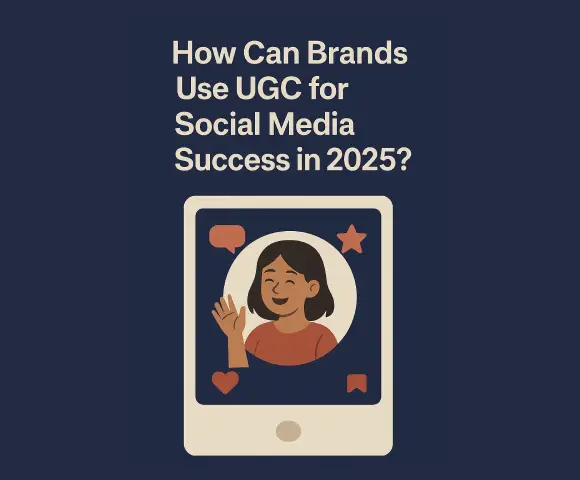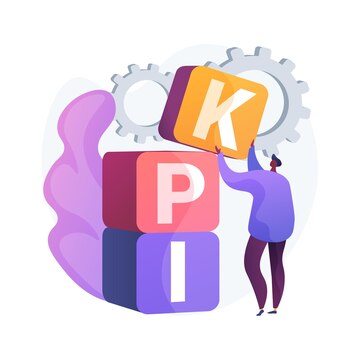In a rapidly evolving digital landscape, where authenticity and engagement are paramount, User-Generated Content (UGC) has emerged as one of the most powerful tools in a brand’s social media strategy. As we step into 2025, the ways consumers create, interact with, and trust content are more nuanced than ever. Brands looking to cut through the noise must harness the full potential of UGC—not as an afterthought, but as a cornerstone of their social media marketing efforts.
At Jive PR + Digital, we’ve helped brands across industries turn everyday users into brand advocates, drive engagement through authenticity, and create communities that convert. In this post, we explore how brands can leverage UGC for social media success in 2025, what trends are reshaping its use, and the practical strategies that will drive ROI.

The digital consumer in 2025 is more skeptical, selective, and socially conscious. They crave realness over polish, storytelling over selling. According to recent surveys, over 84% of consumers say they trust peer content over brand-created ads, and UGC increases conversion rates by up to 10x on social media.
But why is UGC resonating more now?
People are increasingly ignoring traditional advertising. Algorithm changes, ad blockers, and shorter attention spans mean paid media is yielding lower ROI unless paired with organic, credible content.
Shoppers in 2025 rely on social proof from fellow users before making purchasing decisions. UGC is a form of community endorsement—unfiltered, authentic, and deeply persuasive.
With the rise of AI-generated content, audiences are more drawn to the imperfect, human nature of UGC. It’s proof that a brand is connected to real people—not just algorithms.
The primary audience who benefits most from effective UGC strategies includes:
UGC addresses the pain points of all of the above: costly content creation, lack of trust in ads, low engagement, and authenticity gaps.
Despite its potential, UGC isn’t without hurdles. At Jive, we often hear the following concerns from clients:
Most brands underestimate how much UGC already exists around them—product reviews, tagged posts, unboxing videos. The problem isn’t creation—it’s curation.
Brands fear that UGC might dilute their aesthetic or messaging. The key lies in guiding rather than controlling content creation.
Copyright and consent are real issues. It’s essential to implement streamlined rights management tools and processes.
Yes—when curated properly. In fact, UGC performs better than brand-created content in engagement, CTRs, and conversions. But it must be intentional and contextually relevant.
The micro-influencer wave has matured. Now, even non-influencers (everyday customers) hold influence. Smart brands in 2025 are turning loyal fans into co-creators.

Social listening tools are now AI-driven, helping brands discover brand mentions, analyze sentiment, and surface the most impactful UGC across platforms.

With TikTok, Instagram Reels, and YouTube Shorts leading social media engagement, vertical UGC—especially videos—is the most shareable and relatable format.

In-app shopping continues to rise. Platforms like TikTok Shop and Instagram Checkout mean that UGC is directly influencing purchase behavior, often within seconds.

High production value is no longer the holy grail. Raw, unedited moments from real users outperform studio-quality ads in relatability and reach.

Start by exploring your brand’s current UGC ecosystem:
Organize what you find by:
Pro Tip from Jive: Use tools like Dash Hudson, TINT, or Later’s UGC tools for content sourcing and rights management.

Create compelling reasons for users to share their experience:
Example: A DTC skincare brand can ask users to post 30-day skin transformation videos using a branded hashtag in exchange for free refills.

Provide light guidelines—not scripts—to help users align with your brand’s tone, colors, or key messaging.
Share:
This helps maintain brand consistency without stifling creativity.

Look beyond macro-influencers. Partner with:
Stat to Know: Micro-influencers (under 25K followers) often see 60% higher engagement than larger accounts.

UGC shouldn’t be occasional—it should be foundational. Use it to:
At Jive, we often build monthly content calendars that balance UGC with branded posts to maximize impact and consistency.

UGC isn’t just for organic reach. Incorporate high-performing UGC into:
It adds trust, drives better click-throughs, and lowers CAC.

Set UGC-specific KPIs:
Use platform analytics and third-party tools like Sprout Social or Emplifi to monitor impact.

UGC in 2025 is no longer optional. It’s expected. Your audience doesn’t just want to hear from you—they want to participate in your story. Brands that embrace UGC create more than just content; they build trust, deepen community, and grow in ways that polished ads alone can’t.
At Jive PR + Digital, we help brands not just collect UGC—but activate it meaningfully. From strategy to execution, we bridge the gap between user content and brand growth, making UGC work hard for your bottom line.